In memoriam: Michael McKinnell (1935 – 2020)
Co-designer of the famous Brutalist landmark, Boston City Hall, and co-founder of Kallmann McKinnell & Wood Michael McKinnell, has died aged 84 in Rockport, Massachussetts

For many people, the words ‘brutalist architecture’ are easily defined by a single image of a single building; Boston’s City Hall. Opened in February 1969, it was designed by a team led by local architect Michael McKinnell of Kallmann McKinnell & Knowles. McKinnell has died at the age of 84 in March 2020 of COVID-19 related pneumonia, having lived to see his masterwork celebrate its 50th anniversary last year and undergo a comprehensive rehabilitation.
Together with the late Gerhard Kallmann and Edward Knowles, McKinnell started the office in 1962, having won the City Hall competition out of nearly 300 entrants. He was just 26 years old and the structure was his first built design. With its inverted ziggurat form and deeply recessed concrete front facade, the City Hall was a bold expression of civic power. It was also a symbol of change, being part of an era-defining urban renewal programme that ultimately fell foul of changing attitudes to cars and cities.
The City Hall endured, however, thanks in part to a monumentality that discouraged alteration, let alone demolition. This longevity was baked into the project from the outset – McKinnell was quoted as saying: ‘I think if we could have done it, we would have used concrete to make the light switches' – but also drew brickbats from those who saw concrete as innately confrontational and anti-human. Nevertheless, he was never dogmatic about how the building was used and evolved, seeing it as a framework that evolved, just like democracy.
RELATED STORY

A set of profoundly dramatic photographs by Ezra Stoller helped define the City Hall's image, for better or for worse, but attitudes to the brutalist style have definitely softened in recent years. From the outset, most critics were positive, and it drew favourable comparisons with the other brutalist civic projects of the era, such as Niemeyer and Costa’s Brasilia, and more obviously, the city of Chandigarh in India, a concrete landscape shaped by Le Corbusier with Jane Drew and Maxwell Fry, amongst others.
McKinnell was born in Manchester in 1935. He won a Fulbright Scholarship to Columbia University and subsequently spent his entire working career in the USA. The firm, which eventually became Kallmann McKinnell & Wood, is still going strong today, with a portfolio of bold contemporary buildings throughout New England, including the American Academy of Arts and Sciences in Cambridge and Boston's Back Bay Station.
Architect Mark Pasnik of OverUnder studio and the co-author of Heroic: Concrete Architecture and the New Boston (The Monacelli Press), knew McKinnell in his later years. ‘Michael envisioned [City Hall] simply as a stage for direct engagement between the people and their government,' he says. ‘He was convinced that architecture has a capacity to help shape society. In Boston City Hall, a complex masterpiece recognised across the globe as an icon of Brutalism, he saw architecture as the start of a process, rather than a fixed outcome.'
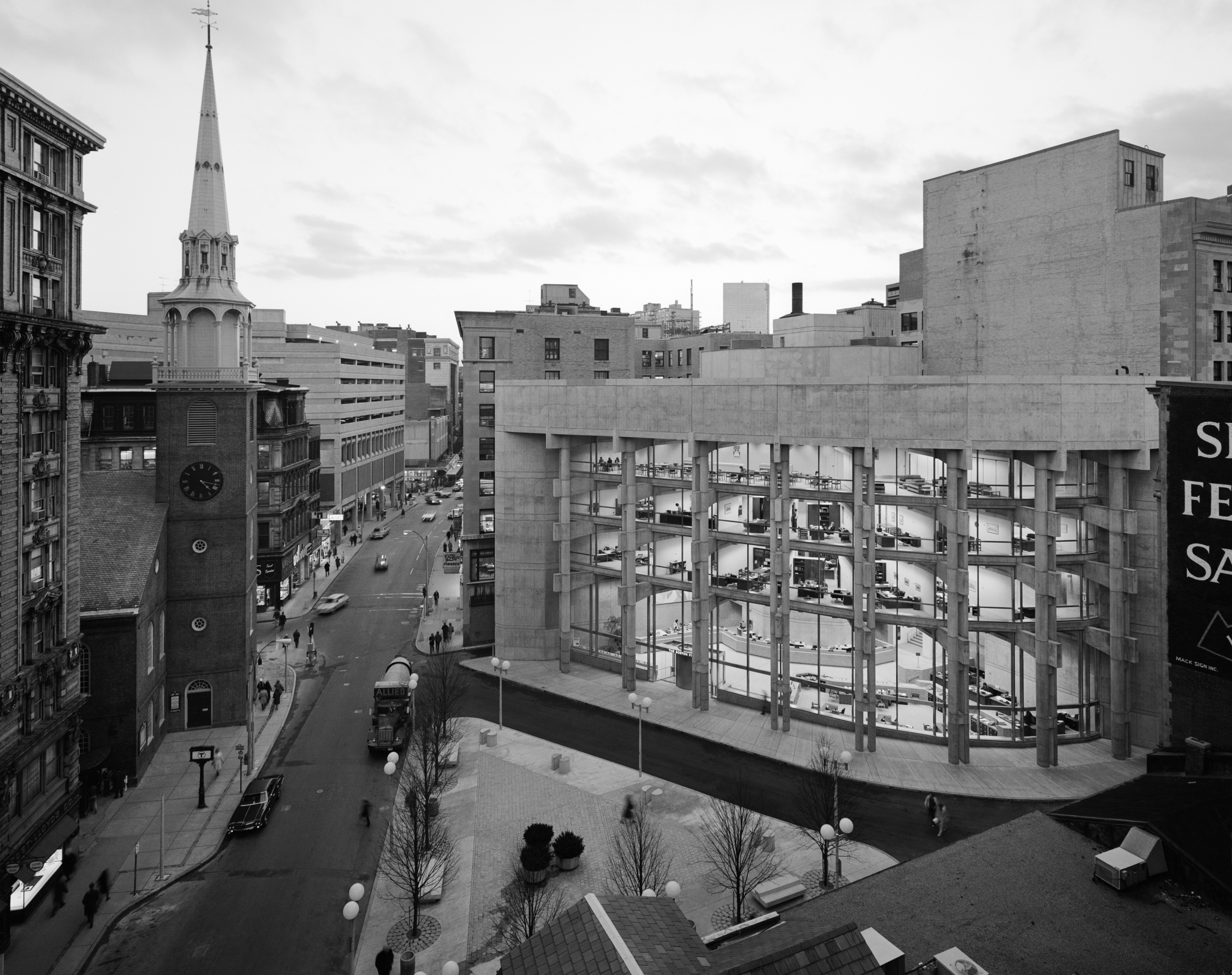
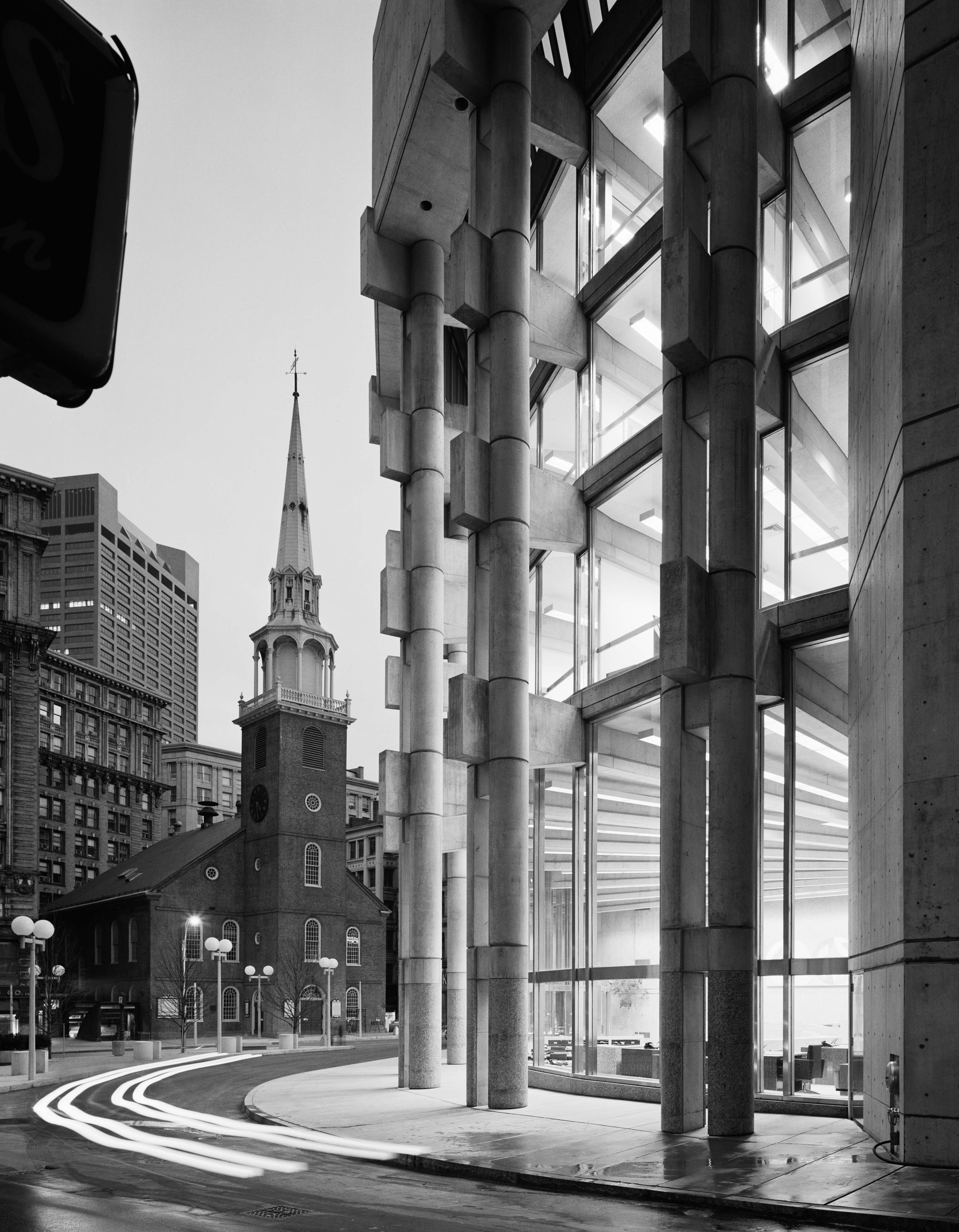
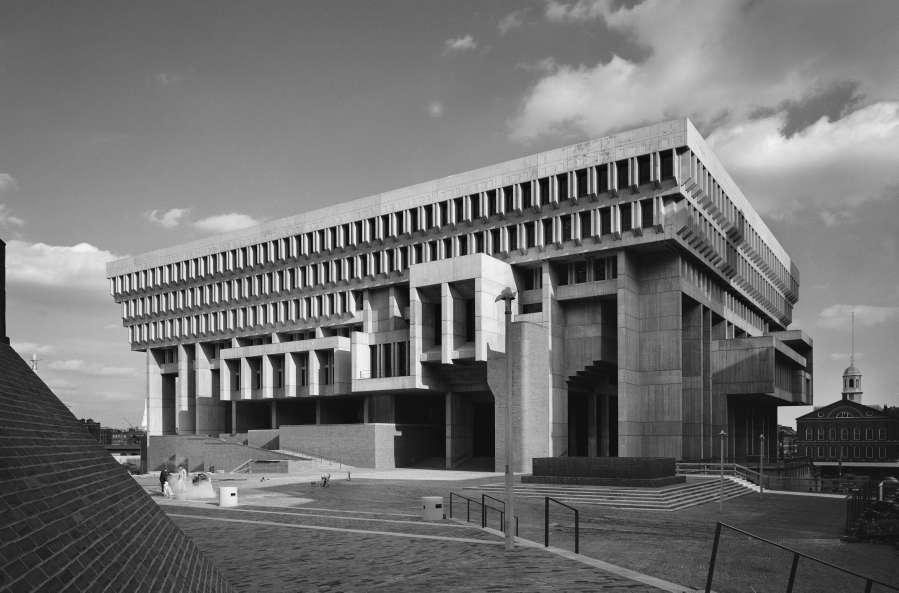
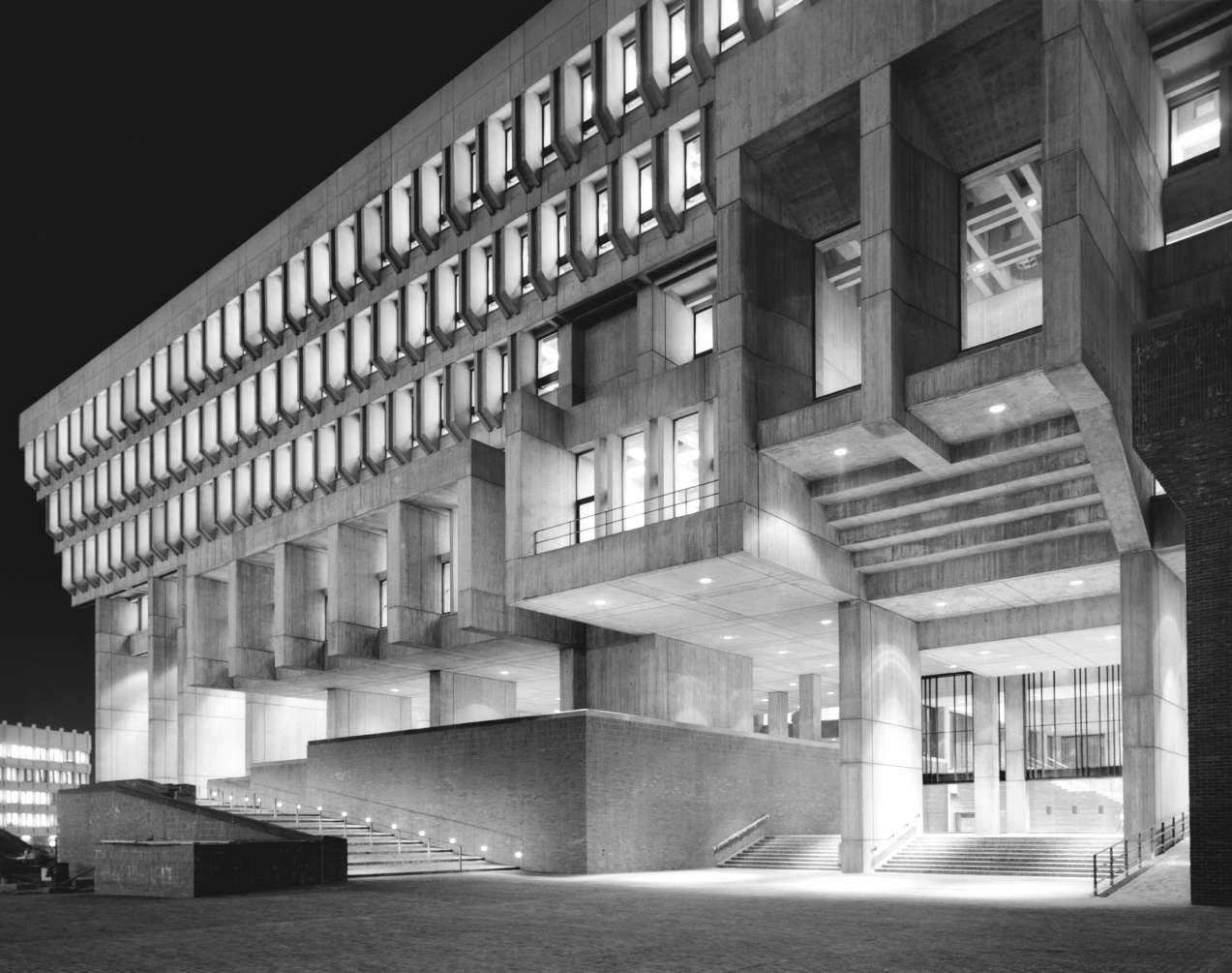
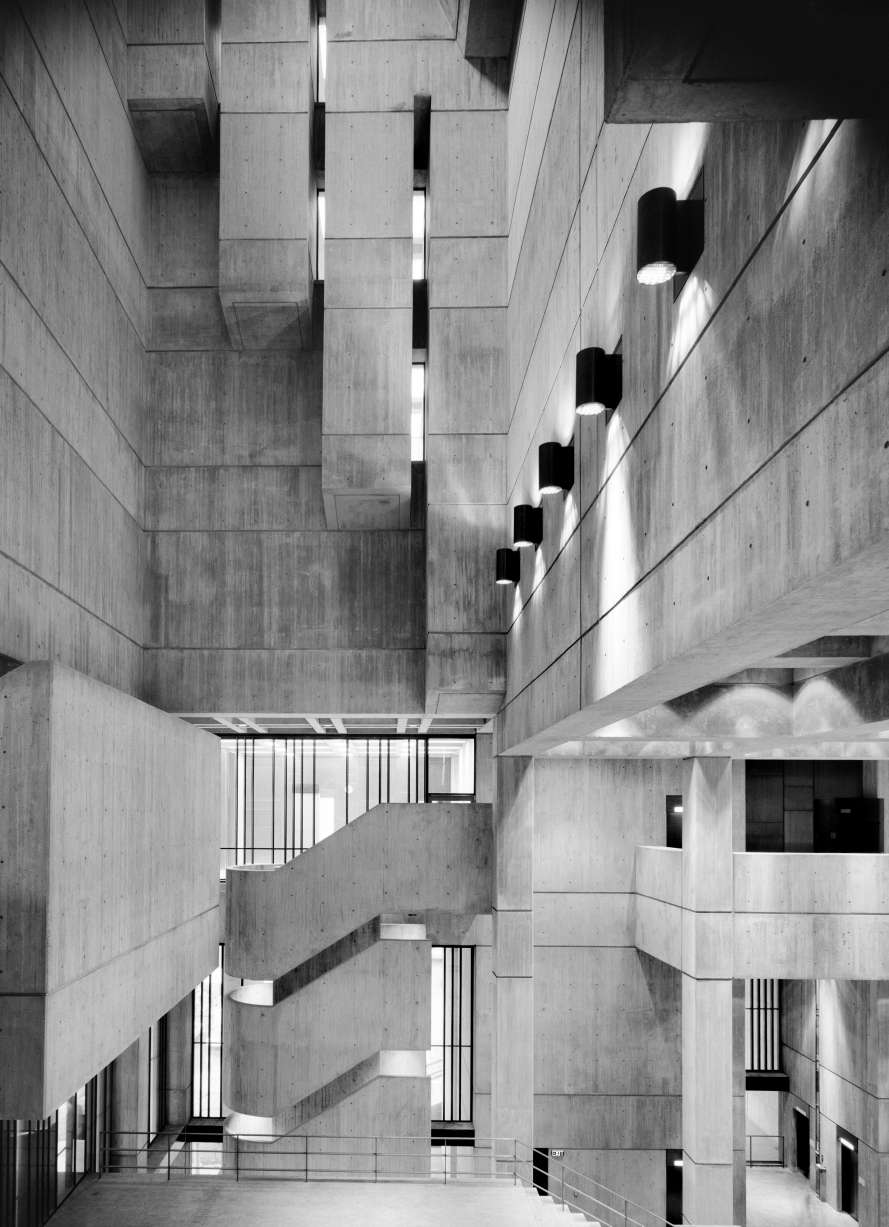
Wallpaper* Newsletter
Receive our daily digest of inspiration, escapism and design stories from around the world direct to your inbox.
Jonathan Bell has written for Wallpaper* magazine since 1999, covering everything from architecture and transport design to books, tech and graphic design. He is now the magazine’s Transport and Technology Editor. Jonathan has written and edited 15 books, including Concept Car Design, 21st Century House, and The New Modern House. He is also the host of Wallpaper’s first podcast.
-
 All-In is the Paris-based label making full-force fashion for main character dressing
All-In is the Paris-based label making full-force fashion for main character dressingPart of our monthly Uprising series, Wallpaper* meets Benjamin Barron and Bror August Vestbø of All-In, the LVMH Prize-nominated label which bases its collections on a riotous cast of characters – real and imagined
By Orla Brennan
-
 Maserati joins forces with Giorgetti for a turbo-charged relationship
Maserati joins forces with Giorgetti for a turbo-charged relationshipAnnouncing their marriage during Milan Design Week, the brands unveiled a collection, a car and a long term commitment
By Hugo Macdonald
-
 Through an innovative new training program, Poltrona Frau aims to safeguard Italian craft
Through an innovative new training program, Poltrona Frau aims to safeguard Italian craftThe heritage furniture manufacturer is training a new generation of leather artisans
By Cristina Kiran Piotti
-
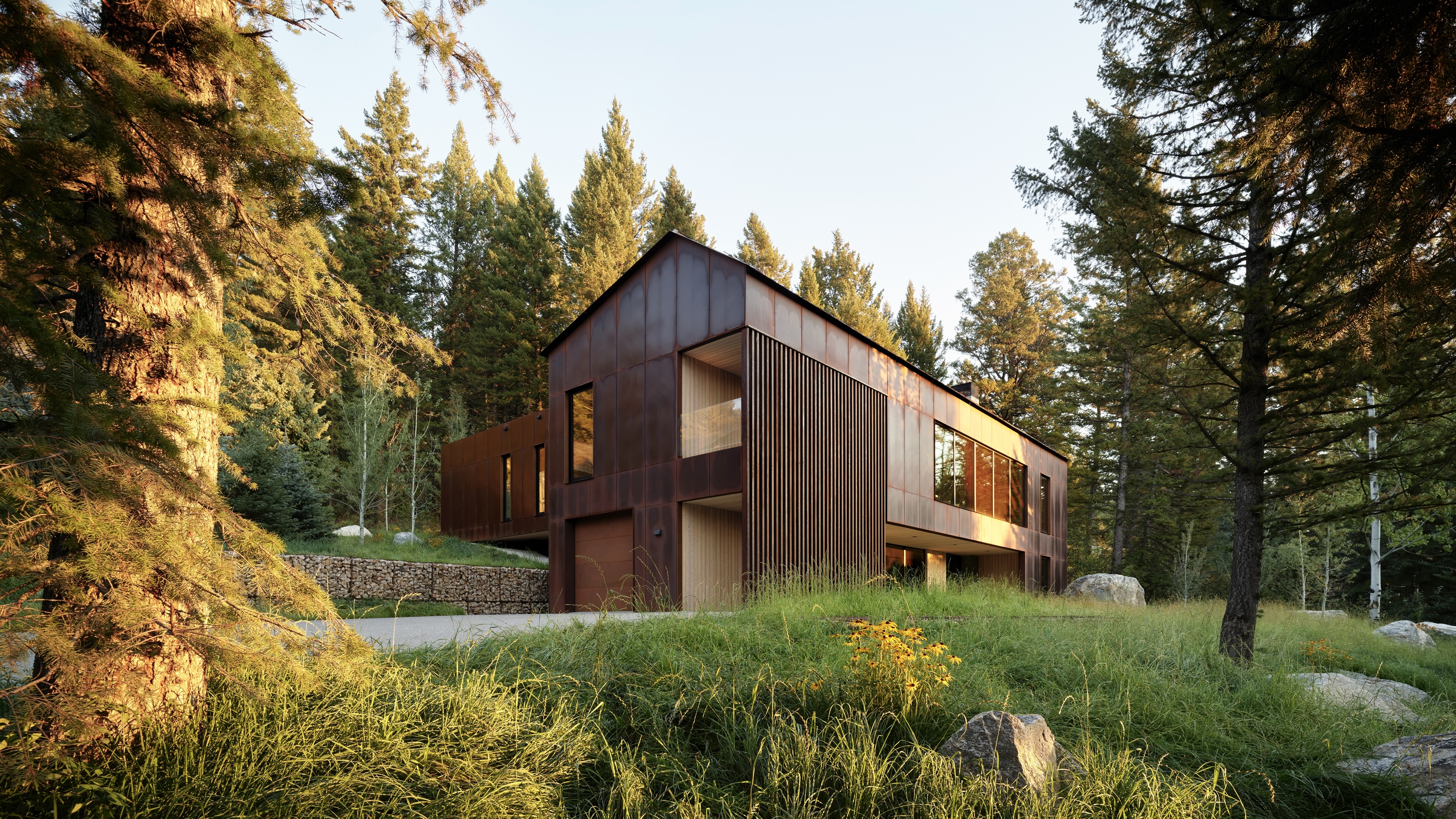 This minimalist Wyoming retreat is the perfect place to unplug
This minimalist Wyoming retreat is the perfect place to unplugThis woodland home that espouses the virtues of simplicity, containing barely any furniture and having used only three materials in its construction
By Anna Solomon
-
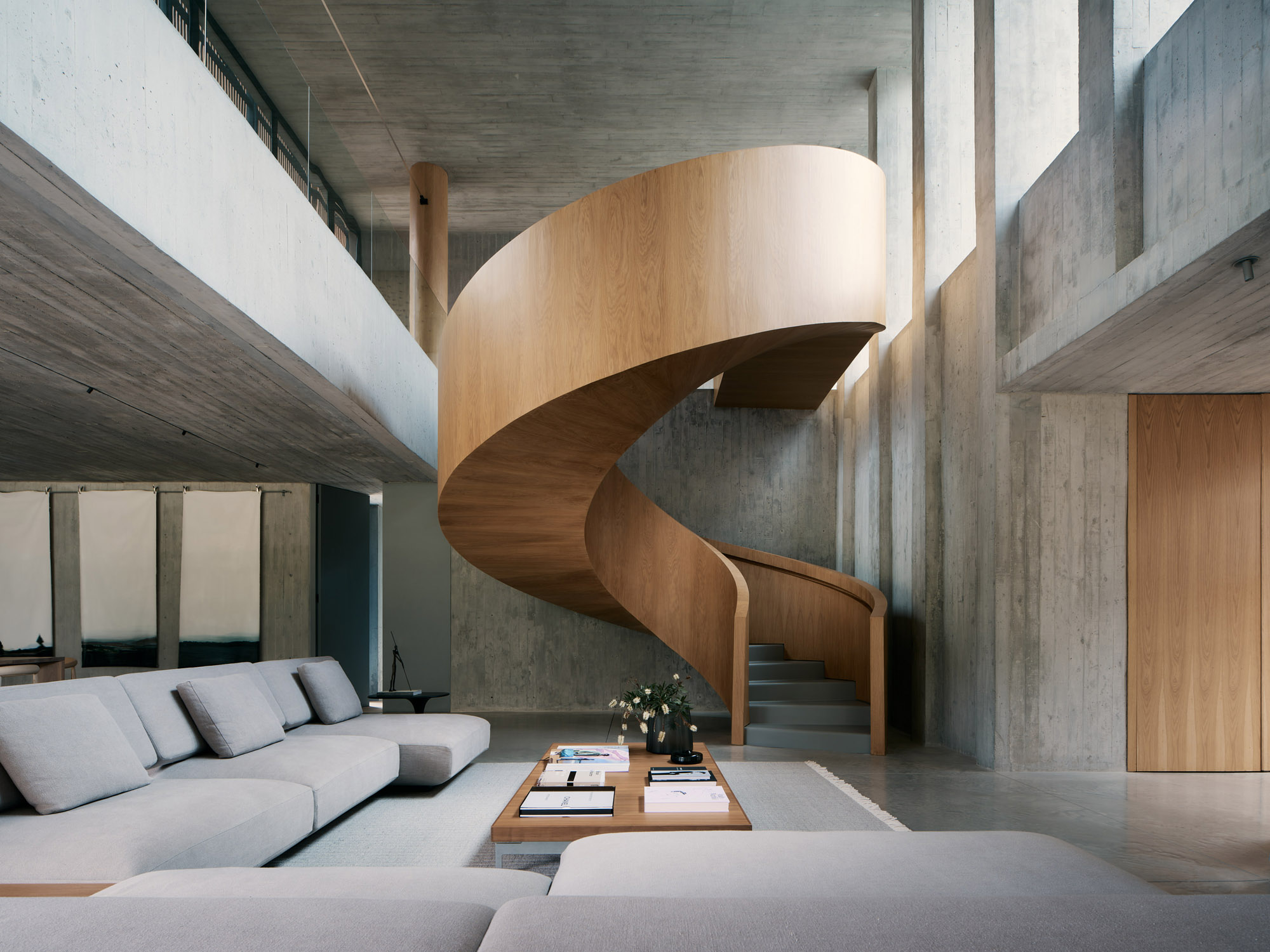 A Medellin house offers art, brutalism and drama
A Medellin house offers art, brutalism and dramaA monumentally brutalist, art-filled Medellin house by architecture studio 5 Sólidos on the Colombian city’s outskirts plays all the angles
By Rainbow Nelson
-
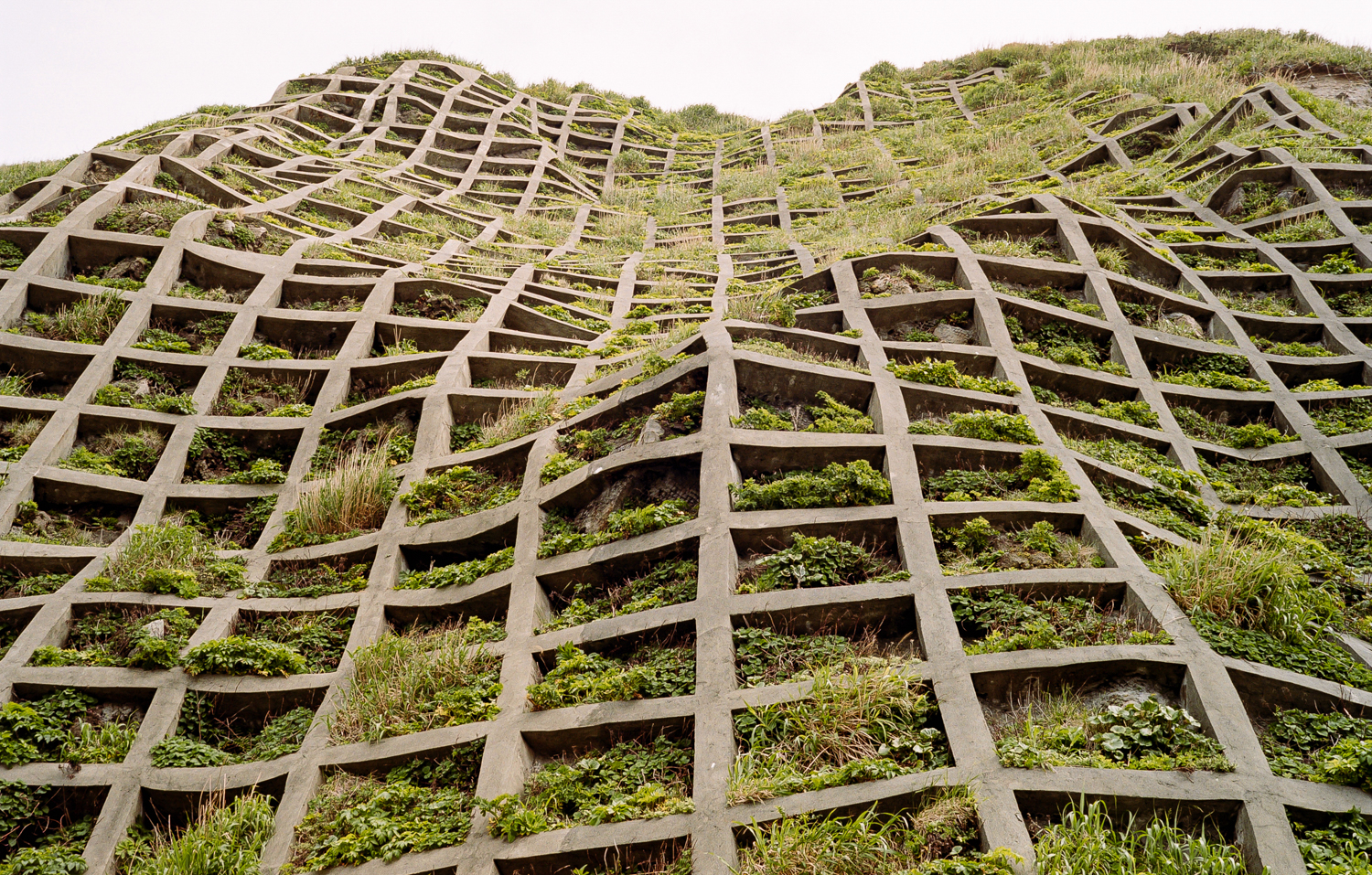 The best brutalism books to add to your library in 2025
The best brutalism books to add to your library in 2025Can’t get enough Kahn? Stan for the Smithsons? These are the tomes for you
By Tianna Williams
-
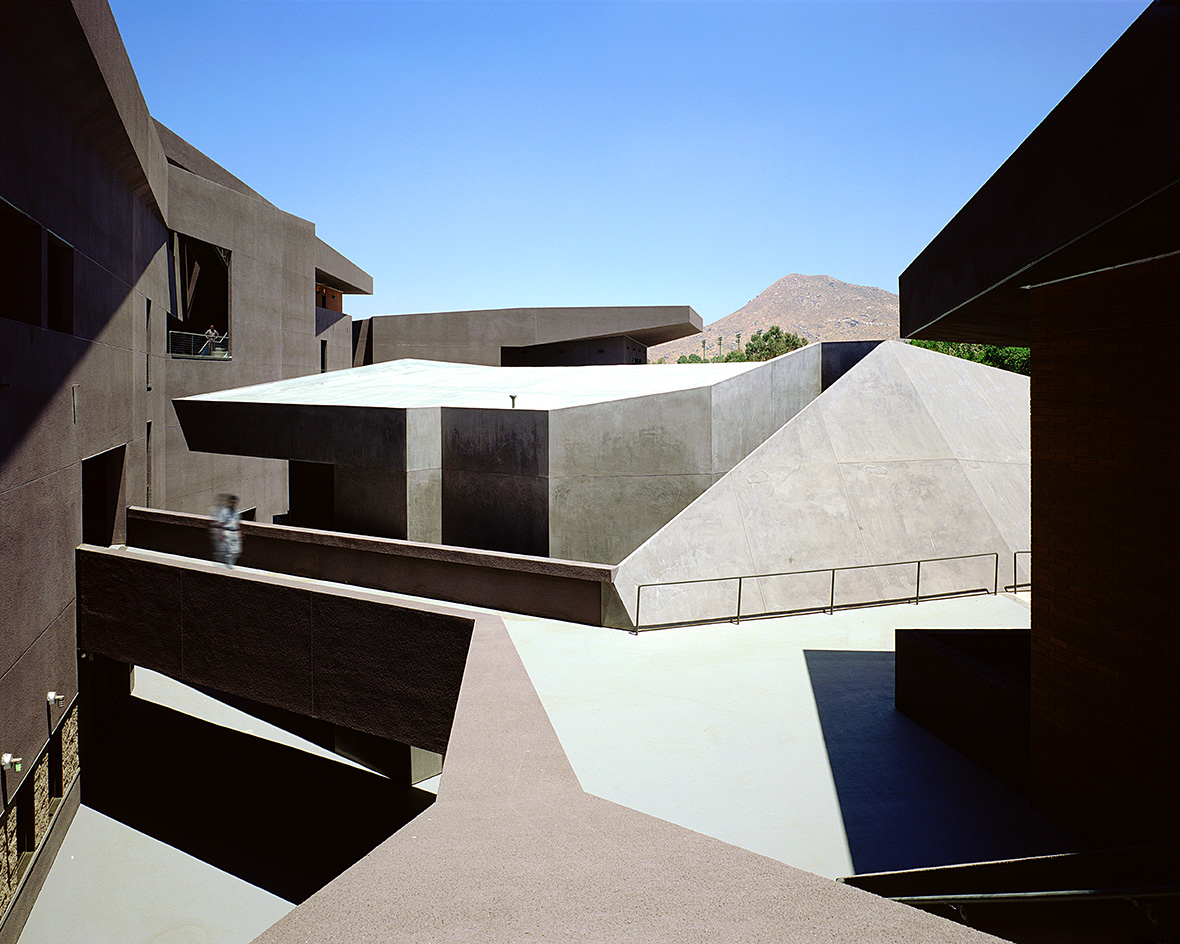 We explore Franklin Israel’s lesser-known, progressive, deconstructivist architecture
We explore Franklin Israel’s lesser-known, progressive, deconstructivist architectureFranklin Israel, a progressive Californian architect whose life was cut short in 1996 at the age of 50, is celebrated in a new book that examines his work and legacy
By Michael Webb
-
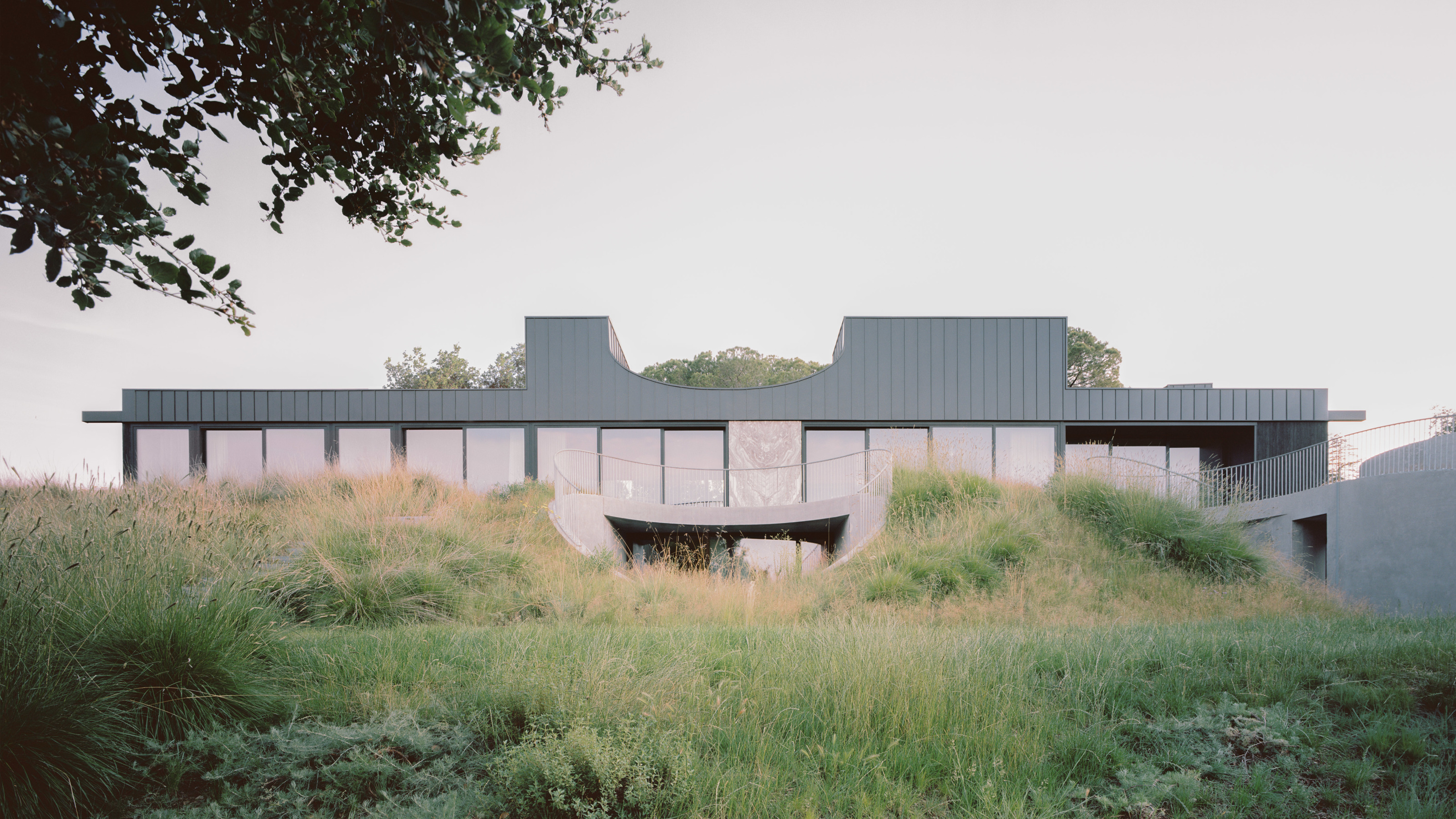 A new hilltop California home is rooted in the landscape and celebrates views of nature
A new hilltop California home is rooted in the landscape and celebrates views of natureWOJR's California home House of Horns is a meticulously planned modern villa that seeps into its surrounding landscape through a series of sculptural courtyards
By Jonathan Bell
-
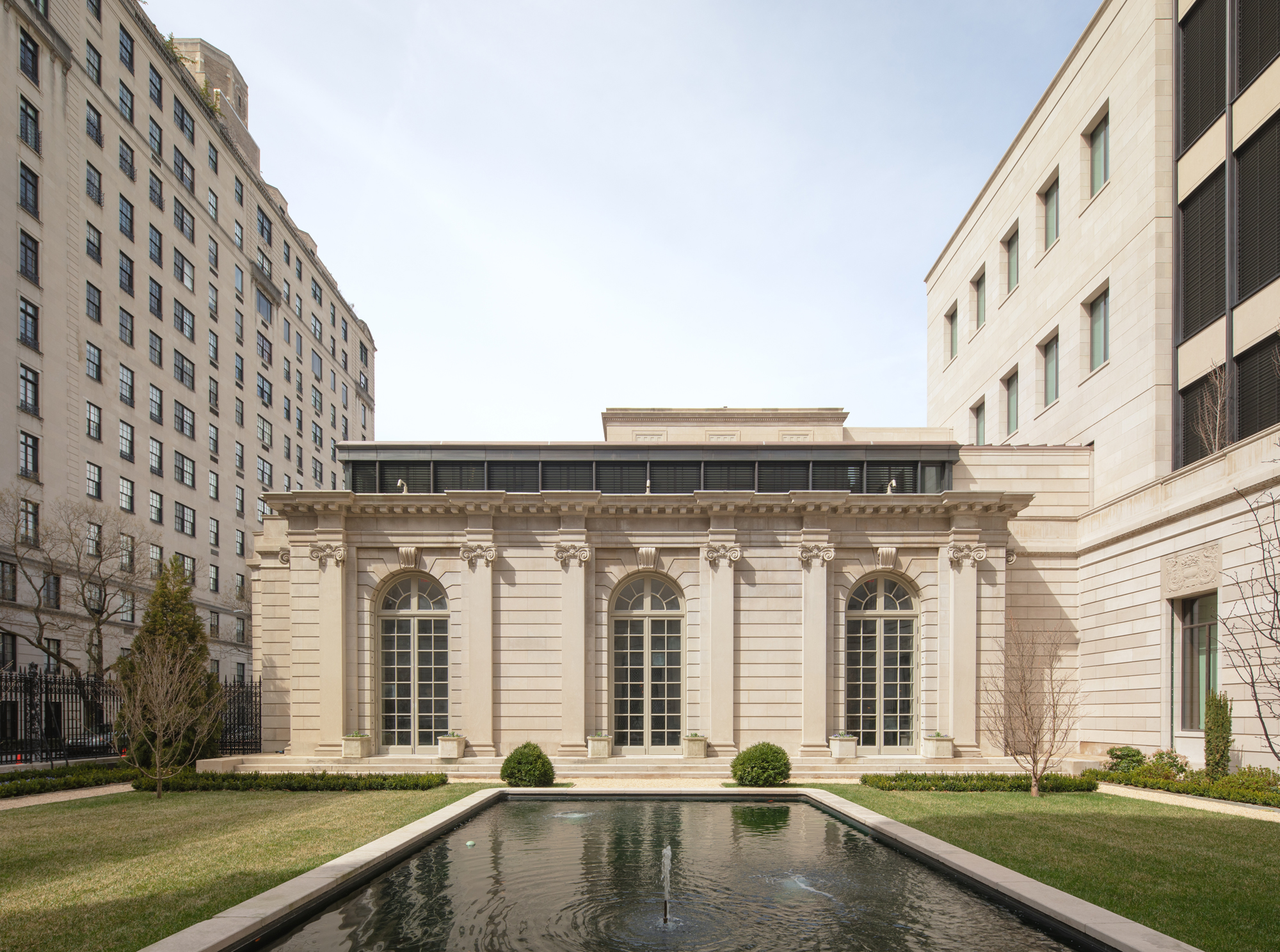 The Frick Collection's expansion by Selldorf Architects is both surgical and delicate
The Frick Collection's expansion by Selldorf Architects is both surgical and delicateThe New York cultural institution gets a $220 million glow-up
By Stephanie Murg
-
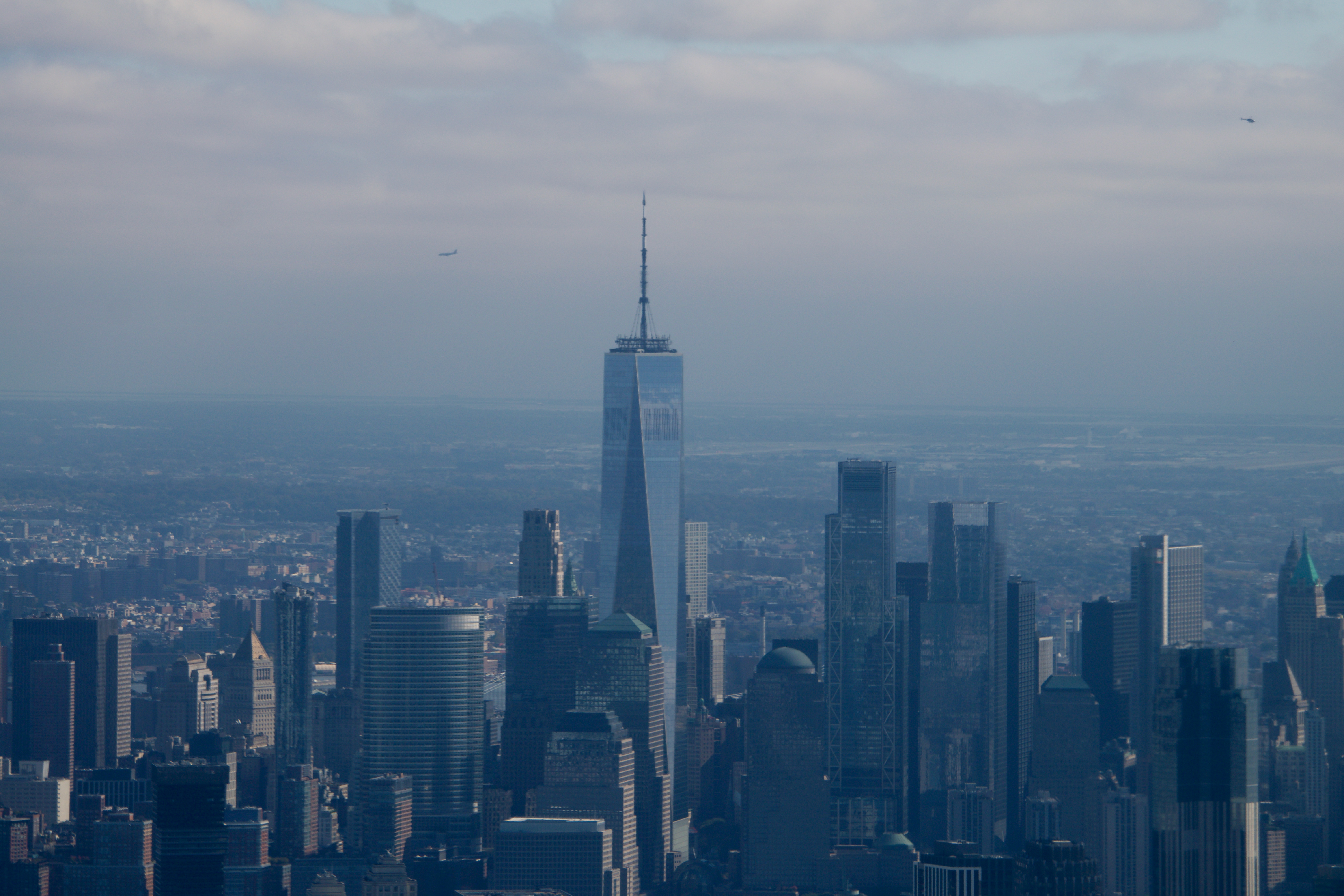 Remembering architect David M Childs (1941-2025) and his New York skyline legacy
Remembering architect David M Childs (1941-2025) and his New York skyline legacyDavid M Childs, a former chairman of architectural powerhouse SOM, has passed away. We celebrate his professional achievements
By Jonathan Bell
-
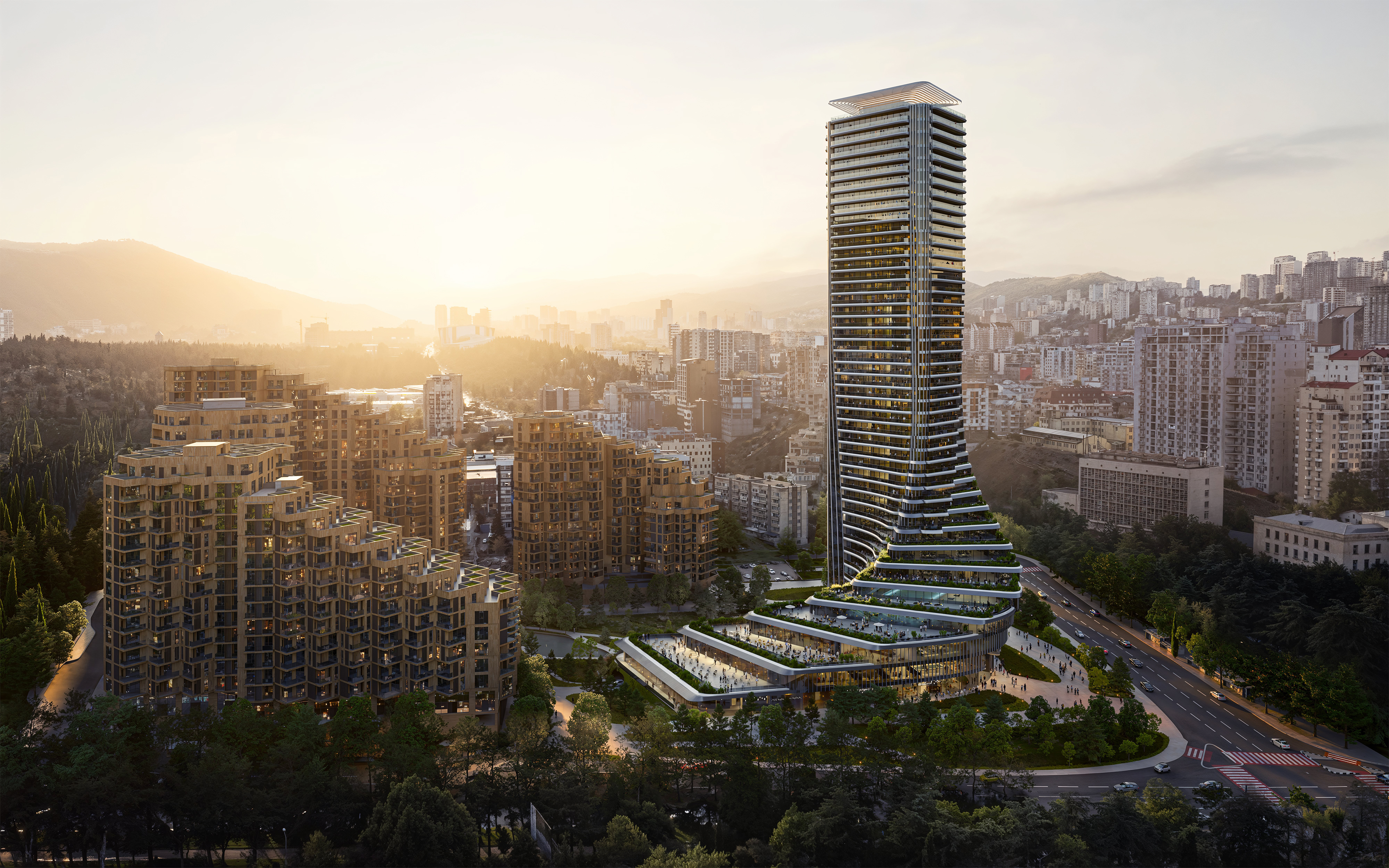 The upcoming Zaha Hadid Architects projects set to transform the horizon
The upcoming Zaha Hadid Architects projects set to transform the horizonA peek at Zaha Hadid Architects’ future projects, which will comprise some of the most innovative and intriguing structures in the world
By Anna Solomon